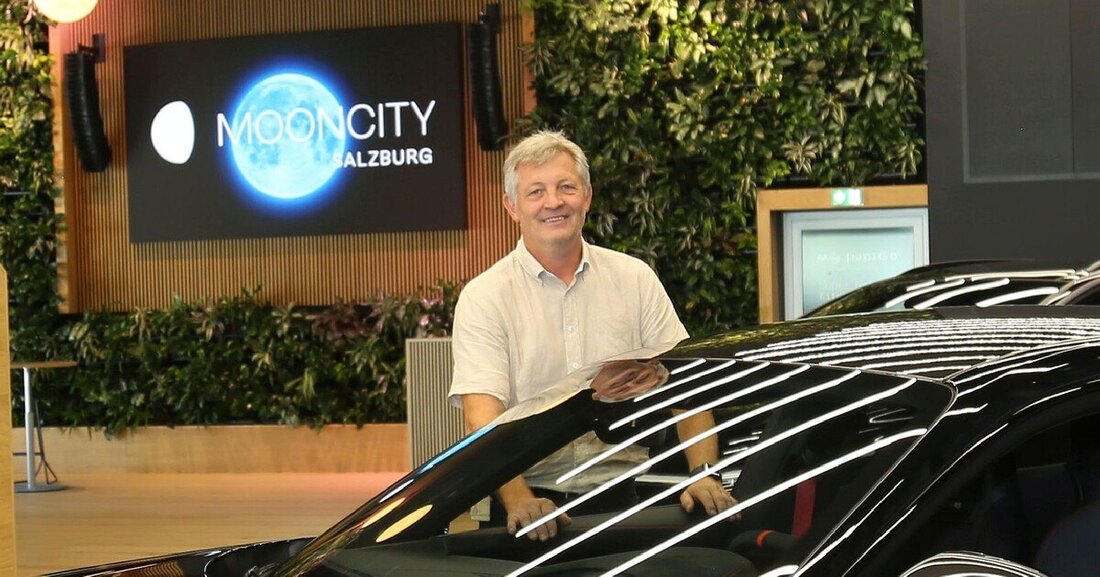Battery repair - does it pay off?
How electric car batteries can be repaired and how insurance companies deal with the high repair costs.

Battery repair - does it pay off?
The high-voltage battery is the heart of every electrically powered vehicle. Without this energy storage system, nothing works. Given the high complexity and high energy content of such batteries, replacing or repairing them is a demanding and potentially dangerous undertaking that can only be carried out by specially trained personnel. We spoke to Johann Berner, Technical Manager at Mooncity Salzburg, about repairing, reusing and recycling these highly complex energy sources from electric vehicles. And: How do car insurance companies deal with the often high repair costs of these driving batteries after an accident? Is an electric vehicle with a damaged battery classified as a total loss after an accident or are the repair costs of drive batteries covered? The Austrian Association of Insurance Companies commented on this at the request of the motor vehicle industry.
The driving battery in an electric car is always well protected and installed in the underbody. Nevertheless, the battery can be affected by external influences such as collisions or transport damage. In addition, batteries that power electric cars are not immune to electronic defects. If battery cells or entire modules no longer function properly, the entire drive battery does not have to be replaced straight away. In special workshops, trained personnel can remove and replace individual modules of a drive battery, notes Johann Berner during a tour of the Mooncity high-voltage repair workshop in Salzburg. Although individual battery cells cannot currently be repaired, a defective drive battery can be repaired by replacing modules. How does the driver of an electric car even know whether his drive battery is broken? Defective modules or cells affect both the acceleration and the range of the electric vehicle. When a customer comes into the workshop, the complaint is analyzed and a comprehensive diagnosis of the vehicle is carried out. Control devices and event memories are queried and the entire system is checked. If a defective module is identified using test programs, the drive battery, which weighs between 400 and 700 kilos, must be removed and dismantled.
Not every mechanic or car electrician is allowed to work on the drive battery of an electric vehicle. The Austrian Association of Electrical Engineers (OVE) specifies different certification levels. Anyone who has reached Level 2 training is allowed to work on high-voltage components that are not live. Workshop employees with level 3 are also allowed to work on and in batteries that are under high voltage. The basis for this is a four-year automotive technician apprenticeship. With further training you can become an e-mobility technician. While most of the currently available electric models are equipped with 400 volt technology, the top models already run on 800 volts. These high tensions bring with them certain dangers during repairs. If the high-voltage system cannot be switched off before repairing an electric vehicle, special protective clothing must be worn to protect the e-mobility technician from any flying sparks.
If it is no longer worth repairing a defective power storage unit in an electric car or if the battery does not have a satisfactory capacity for driving, it can either be recycled or used for other purposes. Battery modules that are still intact are tested and certified and can therefore be usefully used again as storage systems in combination with PV systems or in industry. If further use is no longer possible, the valuable ingredients such as aluminum, lithium, rare earths, etc. can be filtered out using various methods and reused for the production of new batteries.
Unless it involves work on the high-voltage system, car insurers do not apply any different damage criteria for electric vehicles than for cars with combustion engines. However, the high-voltage battery plays an important role in the area of damage, which often has to be replaced in accordance with the manufacturer's instructions even in the event of minor damage, the Austrian Association of Insurance Companies said in response to a request from the motor vehicle industry. In some cases, this leads to even “young” vehicles being treated as total economic losses due to such minor damage, as complete high-voltage battery units would cost between 15,000 and 40,000 euros, according to the insurance association. At the same time, the insurers are reaffirming their demand from manufacturers for uniform offers for repair options, including for the repair of high-voltage cable harnesses. An important factor in vehicle evaluation, especially in the event of liability damage, is the state of health, i.e. the health of the battery. (A. Tempelmayr)

 Suche
Suche
 Mein Konto
Mein Konto